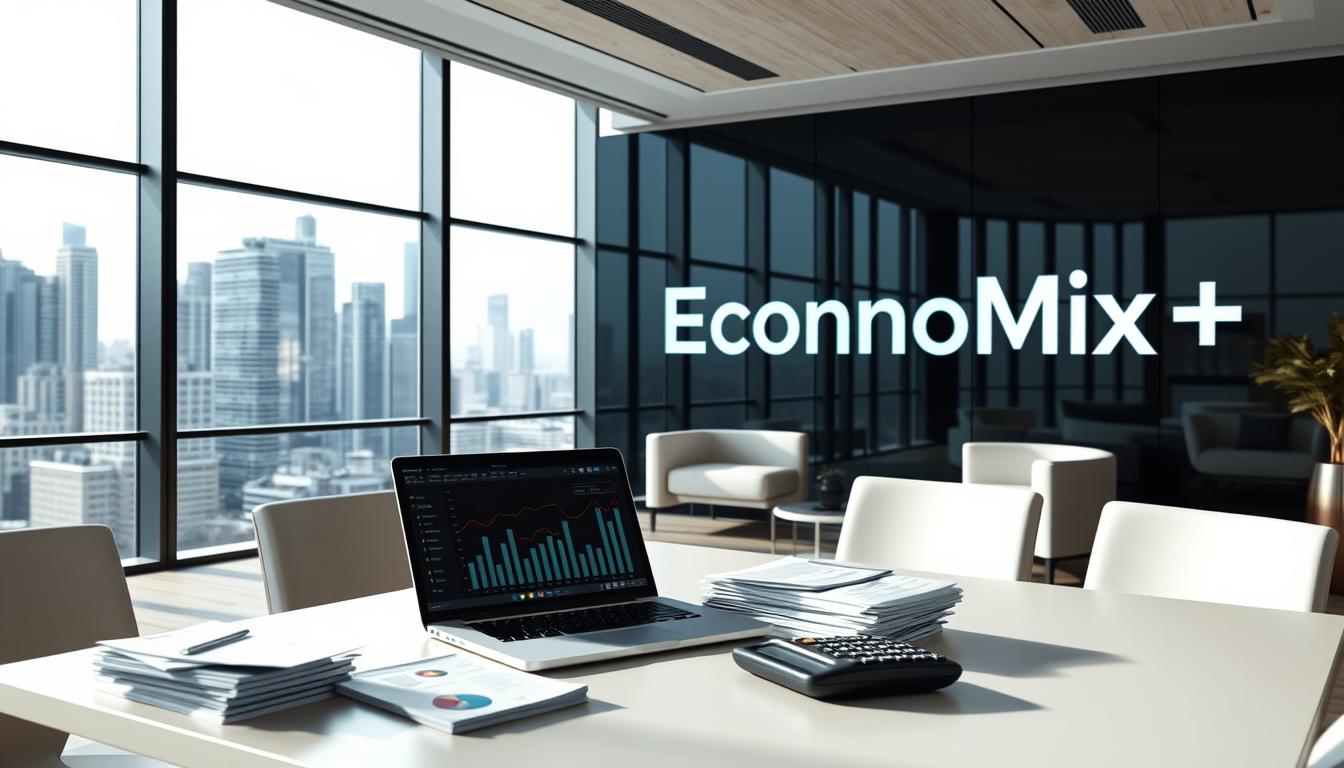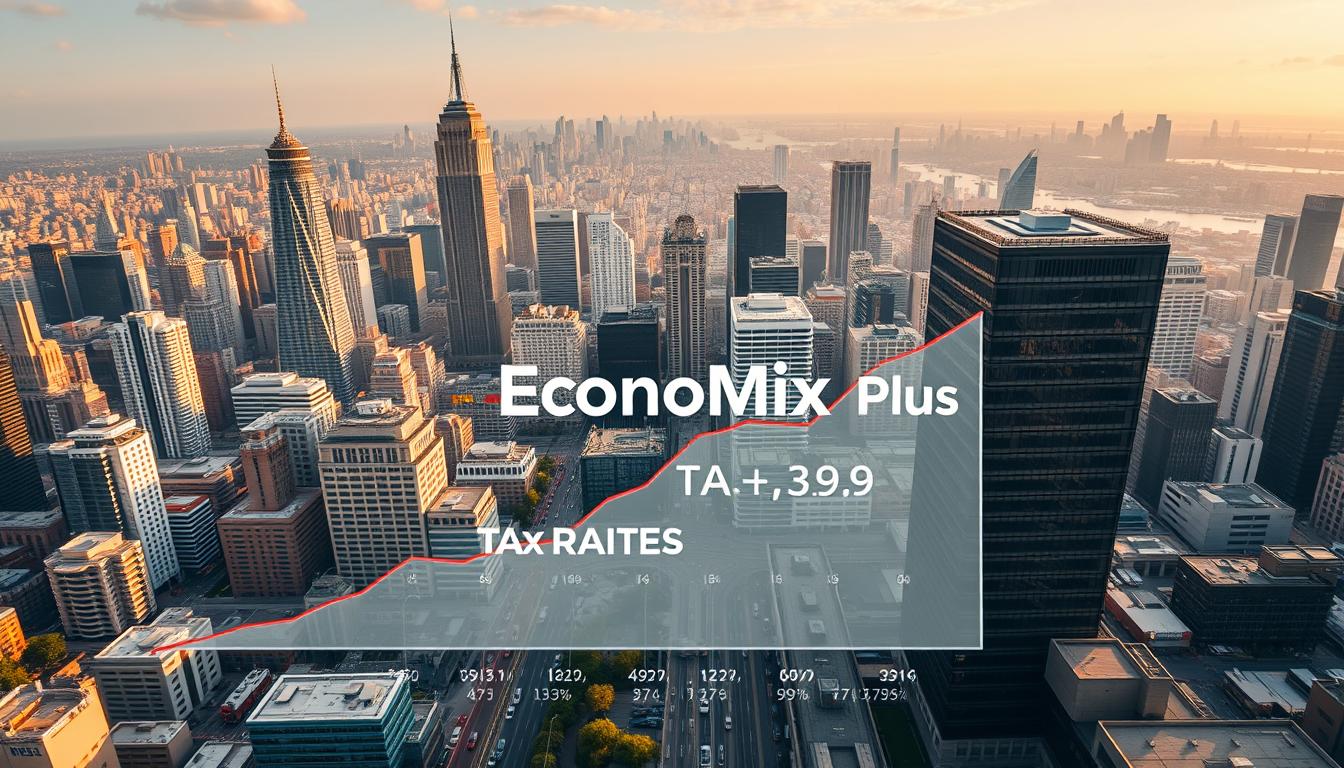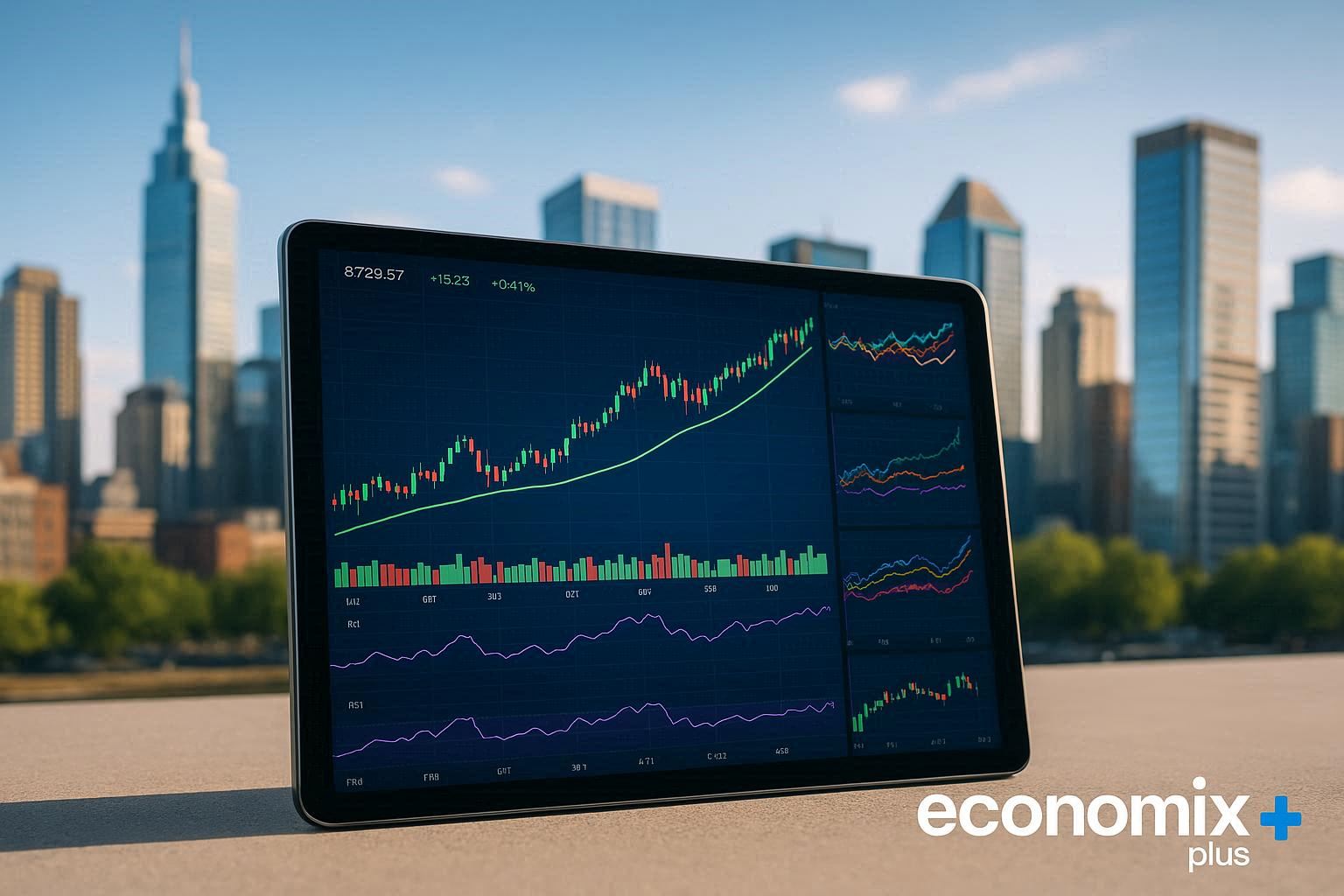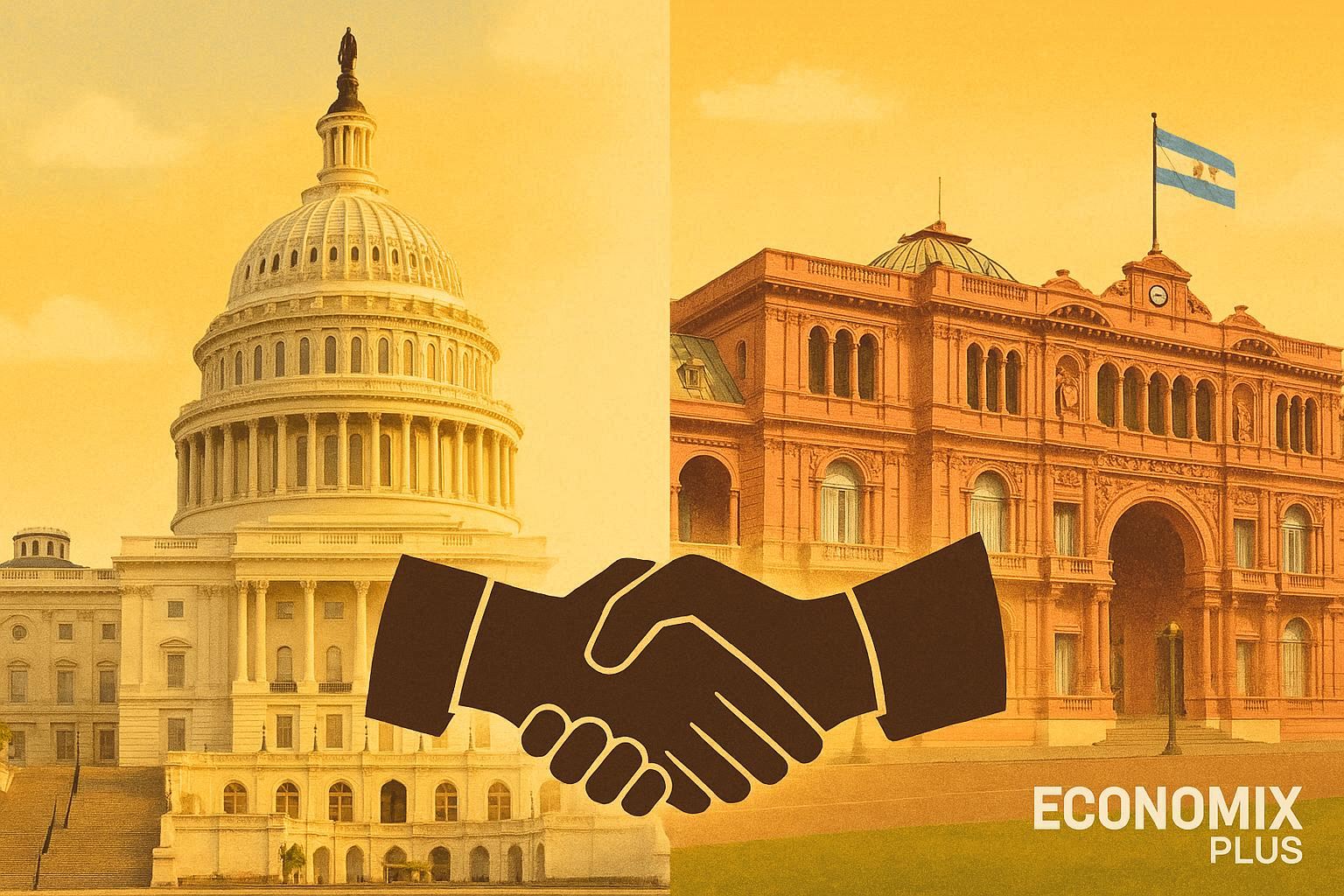Tax policy plays a crucial role in shaping the economic landscape of the United States. With federal income tax progressivity evident—where the top 1% paid 39% of taxes despite earning 15% of income in 2019—the debate around tax rates remains heated. Could increasing tax rates hinder economic growth, or might they provide the revenue needed to address structural deficits?
In 2020, U.S. tax revenue accounted for approximately 25% of GDP, highlighting its significance. Historical reforms like the Tax Cuts and Jobs Act (TCJA) of 2017 and the Tax Reform Act (TRA) of 1986 offer insights into how tax policy influences work, investment, and migration decisions. Understanding these dynamics is essential for evaluating future fiscal strategies.
Key Takeaways
- Tax policy significantly impacts economic decision-making in the United States.
- Federal income tax progressivity shows the top 1% contribute a large share of tax revenue.
- U.S. tax revenue represented about 25% of GDP in 2020.
- Historical reforms like TCJA and TRA provide valuable case studies.
- Higher tax rates may influence work, investment, and migration patterns.
Introduction to Income Tax Policy and Economic Implications
Federal income tax rates have undergone dramatic transformations since the mid-20th century. The top marginal rate, once as high as 90% in the 1950s, now stands at 37%. This decline has sparked ongoing debates about equity and the role of tax policy in fostering economic growth.
Understanding the difference between marginal and average tax rates is crucial. According to CBO data, the lowest income quintile faced an average tax rate of 0% in 2018. Meanwhile, higher earners shoulder a larger share of the tax burden, reflecting the progressive nature of the tax system.
Payroll taxes also play a significant role in shaping labor demand. Employers often pass only a portion of these costs onto workers, impacting wages and employment levels. This dynamic underscores the complex interplay between tax policy and the broader economy.
The Earned Income Tax Credit (EITC), expanded under the Tax Reform Act of 1986, has benefited millions of low-income workers. While it encourages workforce participation, its effects on hours worked remain a topic of discussion.
Recent reforms, such as the Tax Cuts and Jobs Act (TCJA) of 2017, introduced a $10,000 cap on state and local tax (SALT) deductions. This change has influenced migration patterns, as taxpayers in high-tax states weigh their options. These examples highlight how tax policy continues to shape economic behavior and outcomes.
What Are the Consequences of Raising Income Taxes on Economic Growth?
Economic growth often hinges on the balance between tax policy and investment incentives. Higher tax rates, including individual income and corporate income tax rates, can influence both short-term spending and long-term investment decisions. Understanding these dynamics requires examining historical reforms and their economic outcomes, particularly how changes tax policy affect individuals and the overall economic environment in the country.
Short-Term vs. Long-Term Economic Effects
In the short term, increased tax rates may reduce disposable income, slowing consumer spending. Businesses might delay investment decisions, fearing higher costs. However, long-term effects depend on how revenue is utilized. For example, funding infrastructure or education can boost productivity.
Debt-financed tax cuts pose risks. A 1% drop in GDP growth could lead to a $3.3 trillion revenue loss over a decade. This highlights the importance of balancing immediate economic needs with sustainable fiscal policies.
Case Studies: Historical Tax Reforms
The Tax Reform Act (TRA) of 1986 and the Tax Cuts and Jobs Act (TCJA) of 2017 offer valuable insights. TRA86 reduced the top tax rate to 28%, leading to a 28% decline in C-corporations but a 44% growth in pass-through entities. TCJA, on the other hand, spurred a 5.9% increase in nonresidential investment in 2018.
Sector-specific impacts also vary. Post-TCJA, oil companies saw immediate benefits, while tech firms redirected funds into R&D. These examples illustrate how tax reform can shape industry behavior.
| Reform | Top Tax Rate | Key Impact |
|---|---|---|
| TRA86 | 28% | Growth in pass-through entities |
| TCJA | 21% | 5.9% nonresidential investment growth |
Historical data underscores the importance of tailoring tax cuts to specific economic goals. While TRA86 focused on simplification, TCJA aimed to stimulate businesses and innovation. Both approaches highlight the nuanced relationship between tax policy and economic growth.
Behavioral Responses to Higher Income Taxes
Behavioral shifts often emerge when tax policies change, influencing both individuals and businesses. Higher tax burdens, including those from individual income and corporate income tax rates, can alter decision-making in areas like labor participation and financial planning. Understanding these responses is key to evaluating the broader economic impact of tax reforms, especially in the context of increases in the top marginal tax rate over the years in the United States.

Labor Market Participation
Changes in tax rates can significantly affect workforce engagement. For example, expansions of the Earned Income Tax Credit (EITC) in the 1990s boosted single-parent employment by 7.3%. This highlights how targeted tax reforms can encourage labor force participation.
Payroll taxes also play a role. Employers often absorb 30-50% of these costs in the short term, which can influence hiring decisions. This rigidity underscores the complex relationship between tax policy and employment trends.
Savings and Retirement Planning
Higher tax rates can reshape how people approach savings. For instance, the Tax Reform Act of 1986 imposed stricter limits on IRA contributions, reducing their popularity. Today, many choose between Roth and traditional 401(k) plans based on progressive tax schedules.
The Tax Cuts and Jobs Act (TCJA) of 2017 further influenced behavior. Its pass-through deduction lowered the effective rate for some businesses from 37% to 29.6%, encouraging reinvestment. These examples show how tax policy drives financial planning decisions.
- EITC expansions increased single-parent employment by 7.3% in the 1990s.
- Payroll tax rigidity leads employers to absorb 30-50% of costs short-term.
- TCJA’s pass-through deduction reduced effective rates for many businesses.
- California saw a 0.8% outmigration of top earners after 2013 tax hikes.
Impact on Business Investment and Innovation
Corporate tax policies significantly shape business strategies and innovation. The U.S. corporate tax rate dropped from 35% to 21% under the Tax Cuts and Jobs Act (TCJA) of 2017. This change has influenced how companies allocate resources and plan for growth.

Corporate Tax Strategies
Businesses often adjust their strategies based on tax reforms. For example, the Tax Reform Act (TRA) of 1986 led to a 44% surge in pass-through entities like S-corporations. This shift allowed firms to benefit from lower tax rates and simplified compliance.
TCJA introduced provisions like GILTI (Global Intangible Low-Taxed Income) and BEAT (Base Erosion and Anti-Abuse Tax). These measures target profit shifting by multinational corporations, ensuring a fairer tax system. “These provisions aim to level the playing field for domestic businesses,” experts note.
Investment in Research and Development
Tax incentives play a crucial role in fostering innovation. TCJA’s 100% bonus depreciation for R&D expenses from 2017 to 2023 encouraged companies to invest in new technologies. This policy has been particularly beneficial for industries like tech and pharmaceuticals.
Additionally, the Foreign-Derived Intangible Income (FDII) provision offers a 13.125% effective rate for domestic intellectual property retention. This encourages businesses to keep their innovations within the U.S., boosting the economy.
- TCJA’s corporate tax cut spurred $690B in offshore cash repatriation.
- Pass-through entities grew significantly post-TRA86, offering tax advantages.
- R&D investments surged due to 100% bonus depreciation incentives.
These examples highlight how tax policies drive corporate behavior and innovation, shaping the future of the U.S. business landscape.
Income Redistribution and Equity Considerations
Income redistribution through tax policy remains a critical tool for addressing economic disparities. Programs like the Earned Income Tax Credit (EITC) and Child Tax Credit (CTC) have proven effective in lifting millions out of poverty. In 2018 alone, the EITC helped 5.6 million people escape poverty, showcasing its impact on low-income families.

The U.S. tax system is progressive, with the top 1% paying an effective federal rate of 31.4%, compared to just 3.8% for the bottom 20%. This structure ensures that higher earners contribute more, but challenges in achieving equity persist. For example, the marriage penalty under EITC expansions can create unintended financial burdens for some families.
Effectiveness of Tax Credits and Deductions
Tax credits like the EITC and CTC play a vital role in supporting low-income households. Combined, these programs disproportionately benefit families of color, delivering thousands of dollars in tax refunds annually. However, nearly 19 million children did not receive the full CTC in 2022 due to minimum earning requirements, highlighting gaps in the system.
Policymakers must address these gaps to ensure that tax credits reach those who need them most. For instance, lowering the CTC’s earning threshold could expand its reach, helping more families achieve financial stability.
Challenges in Achieving Equity
While the U.S. tax system aims for fairness, achieving true equity remains complex. Farm subsidies, for example, cost taxpayers over $1 trillion, with limited benefits for low-income households. Reforming these subsidies could free up resources for more targeted programs.
Wealth tax proposals have also gained attention, but they face challenges like capital mobility risks. Meanwhile, VAT adoption could boost revenue, as seen in OECD countries where it averages 34.1% of GDP, compared to 26.6% in the U.S. Exploring these options could help policymakers design a more equitable tax system.
For more insights on reducing racial inequities in the federal income tax system, visit this resource.
Policy Trade-Offs: Revenue Generation vs. Economic Incentives
Balancing revenue generation with economic incentives is a critical challenge in tax policy. Policymakers must carefully consider how changes affect both short-term spending and long-term growth. Historical examples and data provide valuable insights into these trade-offs.
Debt-Financed Tax Cuts
Debt-financed tax cuts can boost short-term growth but often come at a cost. For example, the 2017 Tax Cuts and Jobs Act (TCJA) spurred a 5.9% increase in nonresidential investment. However, it also added $1.9 trillion to the national debt. Over time, such policies can reduce long-term growth by 1% of GDP, as projected by economic models.
By 2053, the U.S. deficit is expected to reach 10% of GDP if current trends continue. This highlights the risks of relying on debt to fund tax cuts without addressing underlying fiscal challenges.
Revenue-Neutral Tax Reforms
Revenue-neutral reforms offer a more sustainable approach. The Tax Reform Act (TRA) of 1986 broadened the tax base, generating $12.1 billion in additional revenue. This approach minimized deficits while encouraging economic activity.
Carbon taxes present another opportunity. Adopted by 46 countries, they generate revenue while addressing environmental concerns. Such reforms align fiscal goals with broader societal benefits.
The OECD average corporate tax rate stands at 23.6%, compared to the U.S. rate of 21%. Adjusting rates to align with global standards could enhance competitiveness without sacrificing revenue.
- TCJA outcomes: +5.9% investment vs. $1.9T debt.
- TRA86 base-broadening: $12.1B revenue gain.
- Carbon tax potential: 46-country precedent.
- OECD corporate average: 23.6% vs. U.S. 21%.
For more insights on the impact of tax changes on economic growth, visit this resource.
Global Competitiveness and Tax Policy
Global competitiveness drives nations to adapt their tax policies for economic advantage. Countries aim to attract investments while ensuring fair revenue collection. The U.S. has faced challenges in balancing these goals, especially with the rise of multinational companies and tax havens.
Corporate Tax Rates and Multinational Companies
Corporate tax rates significantly influence where businesses choose to operate. Post-TCJA, the U.S. rate dropped to 21%, below the OECD average of 23.6%. This change aimed to enhance global competitiveness and reduce inversions, where companies relocate headquarters to lower-tax countries.
Since 2012, over 20 U.S. firms reincorporated abroad, seeking tax advantages. Provisions like GILTI (Global Intangible Low-Taxed Income) impose a 10.5-13.125% rate on foreign earnings, discouraging profit shifting. These measures aim to level the playing field for domestic businesses.
Tax Havens and Profit Shifting
Tax havens remain a contentious issue in international tax policy. Before TCJA, U.S. firms held over $2 trillion offshore to avoid higher corporate taxes. Post-reform, repatriation surged as companies brought funds back to the U.S., benefiting from lower rates.
Conflicts with the EU’s digital services tax highlight ongoing tensions. The U.S. argues such taxes unfairly target American tech giants, while the EU seeks to address profit shifting. These disputes underscore the complexities of global tax coordination.
- U.S. corporate rate: 21% vs. OECD average: 23.6%.
- Over 20 inversions occurred post-2012.
- GILTI imposes 10.5-13.125% on foreign earnings.
- $2 trillion offshore earnings pre-TCJA vs. post-reform repatriation.
- EU digital services tax conflicts persist.
Future Trends in Income Tax Policy
Emerging technologies are reshaping how tax systems operate globally. Governments are leveraging innovations to improve compliance and efficiency. At the same time, environmental concerns are driving the adoption of green tax policies. These trends reflect a shift toward more sustainable and tech-driven fiscal strategies.
Technological Advancements and Tax Administration
The IRS is increasingly using AI to enhance tax compliance. AI audits target high-income individuals and pass-through entities, improving accuracy and reducing fraud. For example, India’s real-time tax reporting system has successfully increased transparency and efficiency. Such systems could serve as models for other countries.
AI also helps identify discrepancies in tax filings, ensuring fairer enforcement. As these technologies evolve, they could streamline tax administration and reduce administrative costs. This shift highlights the growing role of technological advancements in modern tax systems.
Climate Change and Green Tax Policies
Climate change is prompting nations to adopt green tax policies. Carbon taxes, used by 46 countries, aim to reduce emissions while generating revenue. The EU’s Carbon Border Adjustment Mechanism (CBAM) impacts U.S. exporters, encouraging cleaner production methods.
President Biden’s proposed 15% corporate minimum tax includes provisions for green investments. Such policies align fiscal goals with environmental sustainability. As climate change becomes a pressing issue, green tax policies will likely gain further traction.
| Policy | Impact |
|---|---|
| Carbon Taxes | Reduce emissions, generate revenue |
| EU CBAM | Encourages cleaner production |
| Biden’s 15% Tax | Funds green investments |
These trends underscore the importance of adapting tax systems to address global challenges. By embracing future trends, policymakers can create more equitable and sustainable fiscal frameworks.
Conclusion: Weighing the Pros and Cons of Raising Income Taxes
Evaluating the effects of tax adjustments requires a balanced perspective. The Tax Cuts and Jobs Act (TCJA) of 2017 spurred a 5.9% increase in nonresidential investment but added $1.9 trillion to the national debt. This highlights the trade-offs between short-term gains and long-term fiscal health.
Programs like the Earned Income Tax Credit (EITC) have successfully boosted labor participation, particularly among low-income workers. However, addressing structural deficits demands broader reforms. Expanding VAT or base-broadening measures could provide sustainable solutions beyond wealth taxes.
Projections for 2053 suggest that maintaining the status quo could lead to deficits reaching 10% of GDP. Policymakers must prioritize balanced reforms that promote both efficiency and equity. By addressing these challenges, the United States can foster sustainable economic growth and a fairer tax policy framework.














